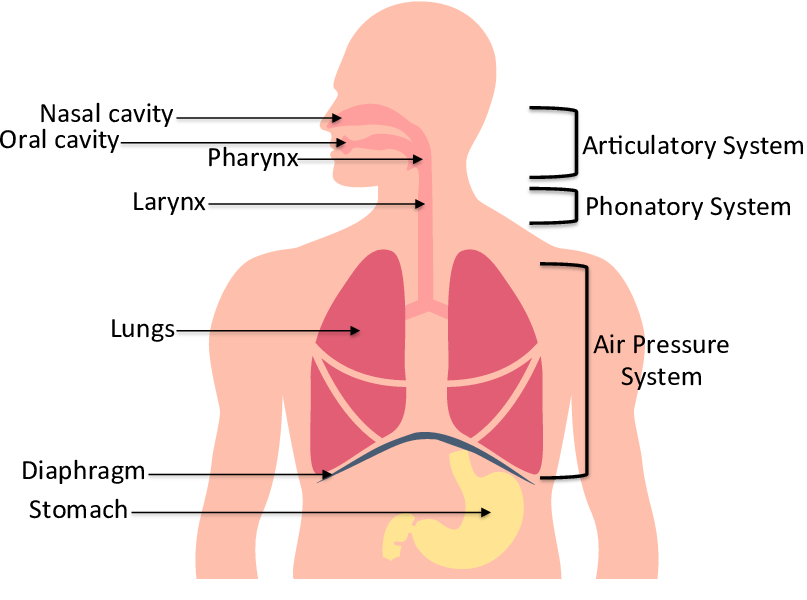- in Production by Bobby Owsinski
Here’s Where Your Vocal Tone Comes From

It’s amazing how different each person’s voice can be from another, but also equally amazing how similar two people’s voices can be to each other. When recording a singer, it helps to know how his or her vocal tone is actually being produced in order to capture it more accurately. This great article by Jamie Ehrenfeld in Soundfly recently illustrates exactly how the body produces your vocal tone. Here’s an excerpt.
Within the phonatory system (see above), the basic sound produced by the vibrations of vocal folds is called “voiced sound,” and has a buzzy characteristic. But at this stage in the vocal production system, it’s still a naked vibrational sound. Voiced sound for spoken word speech ends up sounding significantly different from our singing voice only when it hits the articulatory system.
This is where your mouth, nose, and throat contribute to muscular constrictions that reshape the passageway to create a resonant chamber for the air to pass through. Here in this resonating articulatory system is where our personal vocal characteristics are shaped — and it’s split partially between nature and nurture. Some of your speech voice characteristics come directly from the environment in which you cognitively learned how to communicate, while other elements of the voice simply have to do with the shape of your mouth, nasal passage, and pharynx.
This interplay is the reason you’re able to alter your voice to sing in a variety of timbres and styles, but you’ll never be able to not sing in your own voice.
The vocal tract resonators of the articulatory system amplify and modify the original “voiced sound,” while vocal tract articulators (the tongue, soft palate, and lips) modify the sound shapes as they leave your mouth. In other words, the articulators produce recognizable words.
Read the rest of this post here.
Image sourced from researchgate.net; Andrade-Miranda, Gustavo (2017).

